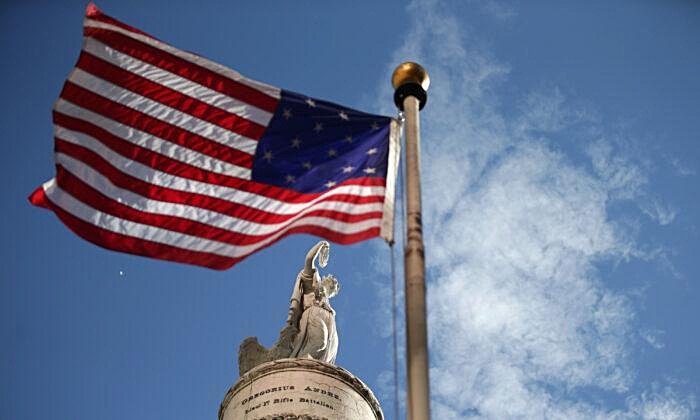The national anthem of the United States, “The Star-Spangled Banner,” is a powerful and moving song that represents victory, relief, and patriotic pride. Mark Clague, a professor of music history at the University of Michigan, describes it as a melody that embodies heroism, resolution, and calmness. The intentional pairing of the music with the lyrics creates a profound emotional impact.
The origins of the U.S. national anthem can be traced back to September 13, 1814. On that day, Francis Scott Key, a lawyer and poet, found himself aboard a British warship off the coast of Baltimore, Maryland. Key was negotiating for the release of an American surgeon when he witnessed the bombardment of Fort McHenry during the Battle of Baltimore, which occurred two years into the War of 1812.
Throughout the night, the attack persisted. However, as morning broke, Key gazed across the harbor and caught sight of the U.S. flag, with its 15 stars and 15 stripes, flying proudly above Fort McHenry. This awe-inspiring scene moved Key to write the lyrics that would eventually become the official U.S. national anthem.
Clague explains that the song was a celebration of Francis Scott Key’s experience of an unexpected and miraculous victory. The full anthem consists of four verses, set to the melody of a popular British drinking song called “To Anacreon in Heaven.” While the first verse is commonly sung at events and civic gatherings, it is important to note that the subsequent verses provide answers to the question posed in the first verse.
The second verse describes the land assault on the city of Baltimore by the British Navy. Clague suggests that the lines portray the silence that followed the end of the attack and the uncertainty felt by Key as he awaited the battle’s outcome. The shift from a question mark to an exclamation point at the end of this verse signifies the triumph of the U.S. flag, revealing that Fort McHenry was successfully defended by the Americans.
In the third verse, Francis Scott Key expresses his bitter anger toward the British for attacking the United States. Clague suggests that the term “hireling” mentioned in the lyrics could refer to German soldiers, known as Hessian mercenaries, who were hired by the British during the War of 1812. Interestingly, Key had initially held a positive view of the British, as his own family hailed from Britain.
The fourth and final verse reflects Key’s relief and expression of victory, as well as his hope for a united country. Clague highlights the parallel between the divided state of the United States in 1814, with partisan politics causing significant divisions, and the present-day situation. Despite being a pacifist and initially opposing the war, Key defended his home in Washington, D.C., when it was attacked by the British.
Clague suggests that the concluding verse serves as a call to defend one’s honor and the nation, while also becoming a prayer for peace, unity, and the strength of the country in the face of challenges. The power of “The Star-Spangled Banner” lies not only in its music and lyrics but also in its ability to bring people together. Clague shares his personal experience of singing the anthem and finding support from those around him, emphasizing the sense of community it fosters.
In essence, “The Star-Spangled Banner” serves as a reminder of the importance of unity and service as citizens of the nation. Clague believes that supporting and helping one another is what being a nation truly embodies.

